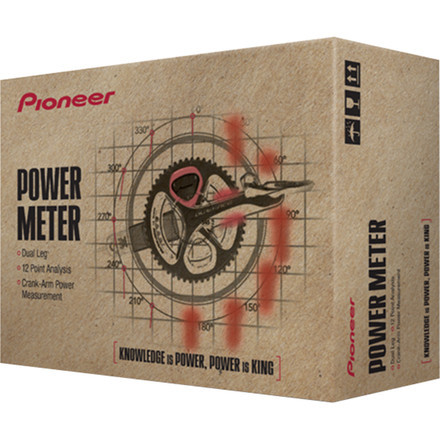POWER METERS ARE rapidly becoming the must-have piece of cycling equipment with everyone from weekend warriors to top amateurs splashing out the considerable amount of cash for one.
The price varies but the opinion on them doesn’t; they’re the truest way to improve fitness, measure form and assess weakness.
With those benefits, it’s not hard to see why they’ve become so popular in today’s time-poor society. Consider how you could be ‘training’ for three hours but really, only be in a training zone for 30 minutes of this.
Essentially, you’ve wasted a lot of your day and may not actually have improved at all.
Anthony Walsh, founder of A1 Coaching, says power meters take away the guesswork involved in training and compared to heart rate monitors – long believed to be the best training aid, are far superior.
“Heart rate monitors the body’s response to an effort whereas power actually measures the effort,” argues Walsh, who has ridden professionally in Canada and the US.
“Power has a number of advantages over heart rate. For example, the latter can be suppressed when we are fatigued, it can be affected by climate, hydration and nutrition, caffeine intake, stress and many more external variables.
“Some days you’ll find that a Zone 3 effort, which is usually a six out of 10 perceived effort, feels more like a 10 out of 10 effort.”
Before you think this level of science is way over your head, think again.
Power is easy to understand and is measured in watts. A top professional sprinter will ‘push’ 1,500 watts at the end of a stage of the Tour de France whereas a domestic amateur might struggle to break 1,000 after a spin half the length.
To measure your own watts takes nothing more than some motivation but careful, it’s an obsessive game of trying to up your numbers on every ride, which can be counter-productive to fitness!
Training with power is one way of realising just how often – or little – you’re actually working while training. Consider a hilly route where you push ‘x’ number of watts going uphill as you battle the gradient.
Going downhill, however, you’ll most likely back off the power and this, effectively is as useful as lying in bed. Granted, rest periods are required but if you’re doing an effort/interval and you’ve three minutes of it remaining it can be hard to keep the power up on a downhill section….and dangerous too if you don’t know the road.
Like everything, there are limitations to power and some will argue that training by feel or heart rate is the best. Power meter are not for everyone and only those actually interested in analysis and number crunching should buy one; you don’t want to spend more time watching your stats than you do actually riding.
Also, you’ll drop upwards of a grand to get a good power meter, possibly even more than the cost of your bike.Thirdly, they’re highly sensitive electronic devices that need to be treated with some care to maintain accuracy and functionality. They are not fit-and-forget items so expect some upkeep and servicing costs as well.
- Next week we’ll bring you an article of how you can set your training zones to get the best out of your training.

